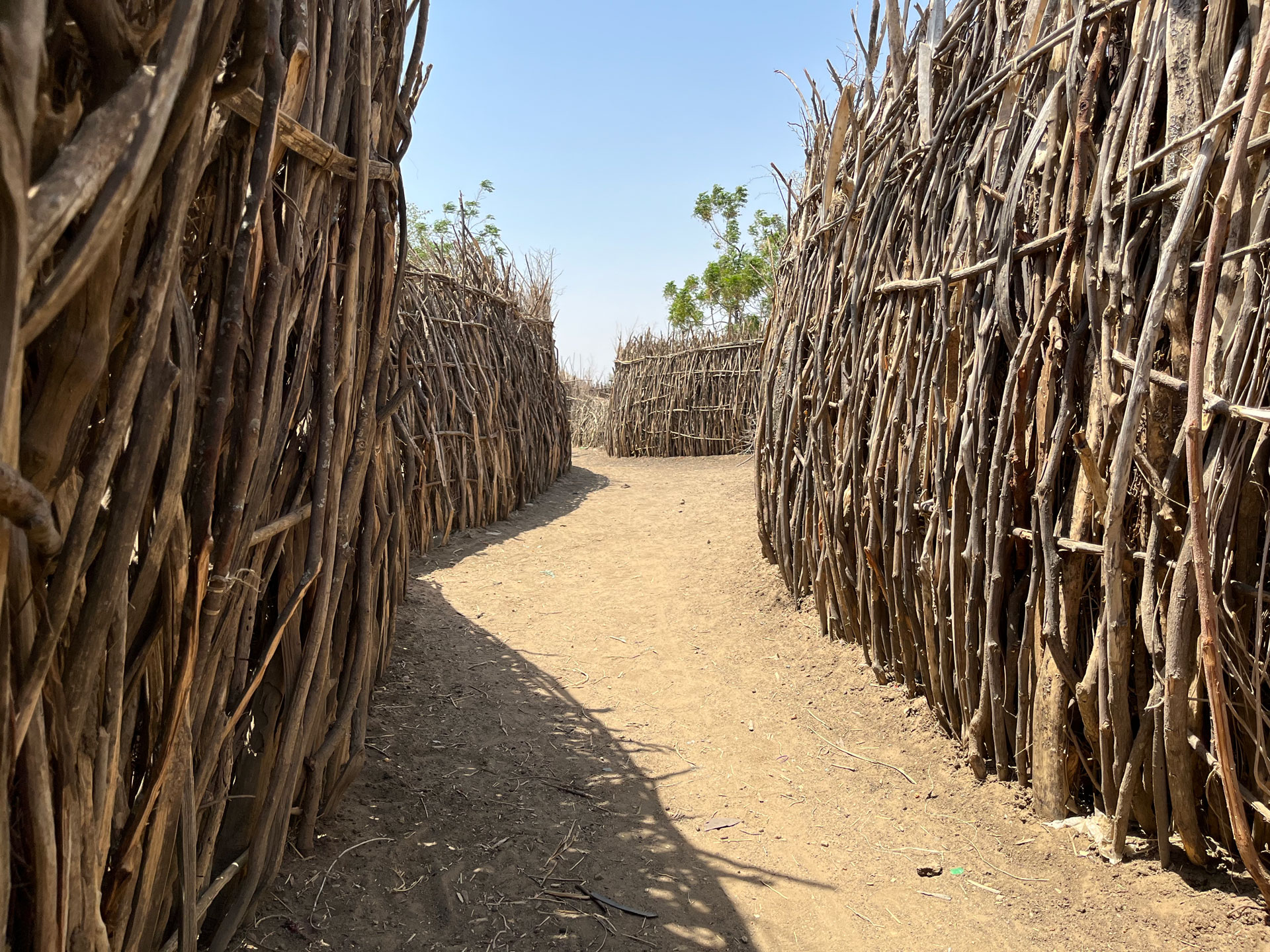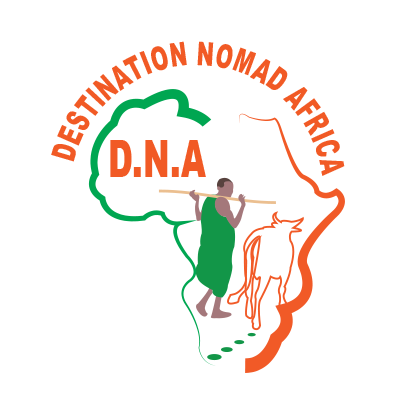Explore Karamoja's untamed culture
A Karamojong Manyatta is a traditional Karamojong home, found in their community. These homes are specially built and decorated, often surrounded by a fence (called a kraal). Manyattas are important for tourism in Uganda, especially for visitors to Kidepo Valley National Park, as most tourists feel their trip is incomplete without seeing a Karamojong homestead
A Manyatta, also called an Ere, is a village made up of several huts, surrounded by thorny sticks for protection.
The entrance is small for people and larger for cattle. Many family members live in one Manyatta, which also serves as a shared space for their livestock
The villages are incredibly built and surrounded by sharp acacia with small entry points around the village and with a big enclosed compound in between, it where animals are kept during the rainy season. You will also encounter the daily Karimojong traditional dances, games and exchange your cooking lesson, check hands s with the Karimojong chiefs. There is also an option of staying for an overnight with them to experience and test all it takes to be a local Karimojong

History of the Karamojong Manyattas
The Karamojong Manyatta homesteads have existed since the early days of the Masai people in Kenya. The Karamojong are the largest ethnic group in Eastern Uganda. They are divided into three subgroups: the Bokora in Napak district, the Pian in Nakapiripirit district, and the Matheniko in Moroto district. The Karamojong take great pride in their culture. During the rainy season, they live in mostly permanent Manyattas. However, when the dry season comes, the men move with the cattle to find fresh pasture and water, while the women stay in the Manyattas and prepare the land for farming.
Camp at Karamojong Villages

